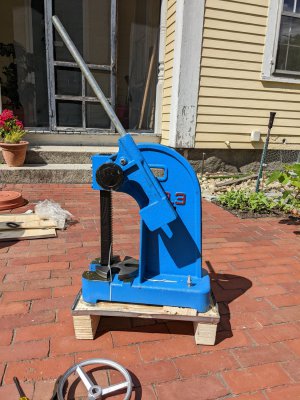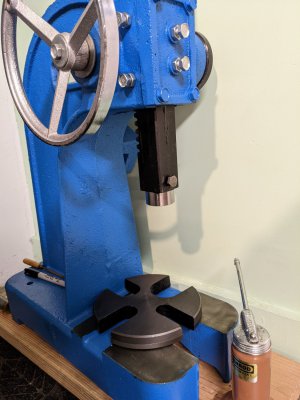Point well taken. Old house makes this an interesting challenge. Lime cement floors, I think, over something. Really not sure what. In any case, lime cement is nowhere near as strong as Portland cement. I've had anchor holes disintegrate on me. Not confidence inspiring with respect to the remaining ones. Basement walls are mostly granite blocks, with lime mortar which are another challenge. I'll have to come up with something. There's a solution hiding somewhere, just have to find it.
Off topic, making your own lime based mortar is pretty easy. I patched up some mortar mixing up my own. Roughly 1 part lime to 3 parts sand, mixed very well then slowly add water to desired consistency. Dries pretty hard and not powdery. Did some about two years ago and still looks great. What is good about lime based mortar is it is not too hard, as compared to stone or brick. That means it wears, rather than the stone. I'd rather have mortar fail than the stones themselves. This is commonly seen in poorly fixed older homes where Portland cement mortar was used where it was originally lime mortar.





